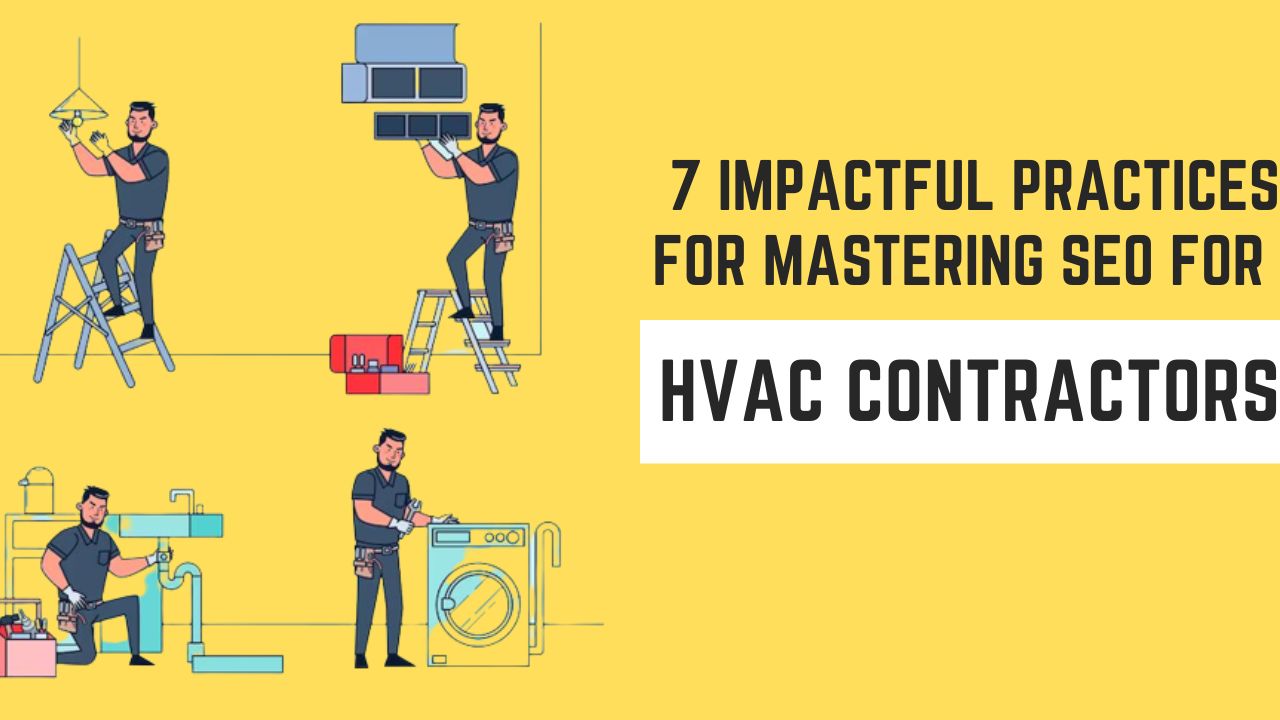Are you looking to build the online presence of your brand?
Dynamic search engine optimization is a good way to start your journey!!
To help you out, we will provide you with a step by step guidance on how dynamic search engine optimization can help you to build your brand authority online.
If you are a big enterprise then it can be a little difficult for you to optimize every single page of your website. In this case, dynamic search engine optimization will help you to get through. By using dynamic SEO you can easily optimize multiple pages of the website all at once.
But, first, let us start with the basics!
Let’s understand what is dynamic SEO?
Dynamic SEO involves using a set of principles that optimizes multiple pages of a website at once.
With dynamic SEO, the manual process of updating multiple sections of a website is replaced with the automatic one. This practice is considered to be the best for big enterprises that have multiple categories, subcategories, products, etc.
By using this practice, you can keep yourself updated related to the latest trends that will further help you to become a successful online marketer, instead of working on outdated information.
In other words, Dynamic SEO is an all -in- one solution that helps you to understand, manage and improve the online presence of your website.
Now, let’s jump over to the other section.
How does it actually dynamic SEO Works?
Let us explain this to you by sharing an example:
Imagine you are a big online retailer of shoes. Under the section, you may find products categorized like color, brand, size, and so on.
As you have many category pages, you need to update the information manually on each of the pages. Instead of doing it manually, you can make use of the fields to fetch the data dynamically from the database to the meta title, meta description, H1, H2, etc.
To understand how this works in reality, let’s take at the below example of an online retailer “runrepeat.com”:
Imagine, you are looking for “best red Nike shoes”. So, when looking around the internet, you will get the following search engine result.

This is how dynamic search results show.
Now, maybe you have changed your mind and want to buy blue shoes instead of the red ones.
Ever happened? Well, several times!
So, when you search for “Best blue Nike shoes” you will get the following search engine result.

This technique is applied on the RunRepeat website as the format is similar in every result.
Now, suppose you want to buy Adidas shoes and search for “Best blue Adidas shoes”.

You must have observed from the above images that the result format of RunRepeat for every query is similar.
The format would look something like this:
(Quantity) (color) (brand) shoes/sneakers | (Brand name)
Now, it’s important to understand how to apply dynamic SEO on your personal website?
Technically, dynamic SEO is usually done using Javascript, AJAX or through a PHP system (in some cases). To apply this, you need to make sure that your category pages, subcategory pages, and URL structure are accurate.
How to optimize category pages for dynamic SEO?
If you are using the dynamic SEO on your category pages then it is essential to optimize the template of that particular category in a correct way.
For example:
- A sidebar
- H1
- H2
- Some content
- Category text
The most important thing that you need to focus on is the keywords. While doing SEO for dynamic pages, keywords play a major role. For every category try to choose 3 to 5 best keywords that define the product within the same.
Make sure to use the best-chosen keywords in the H1, H2, image alt tags, meta tags, etc.
In the above sneakers example, “Sneakers” being the keyword is common under every category for every brand.
Another important thing that needs to be taken care of is that while optimizing the category pages you need to pay special attention to the text links or pagination typically at the bottom of the page. Also, pay attention to the sidebar.
URL structure
In dynamic SEO, URL structure is another important factor that needs to be considered. Make sure that the URLs are short, clear and keyword-focused. Also, keeping the URL in this format helps Google to understand your web page and content easily. Furthermore, it can crawl and index it more quickly.
You can use hyphens to separate the keywords within the URL. But, make sure not to use more than 2083 characters in the URL.
Take a look at the below example of URLs:
- https://www.xyz.com/products/adidas-running-shoes.jsp
- https://www.xyz.com/products/blue-adidas-running-shoes.jsp
Conclusion
Dynamic SEO proves to be very beneficial for large enterprises when we talk about optimizing products and categories all at once.
Somehow, it doesn’t mean that this technique can only be used for eCommerce websites or large enterprises. You can also use it is you are an SME and save your time.
“Dynamic SEO is the right option to speed up the optimization process.”




